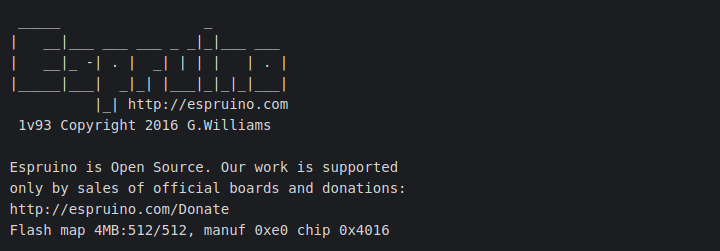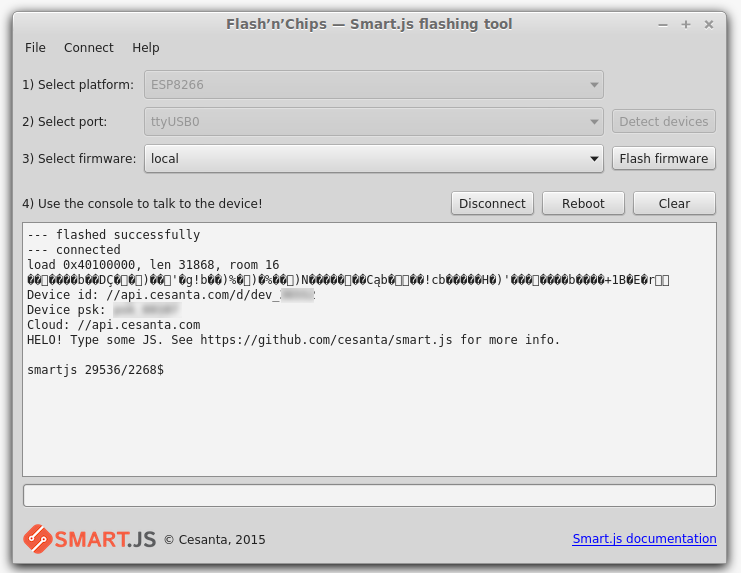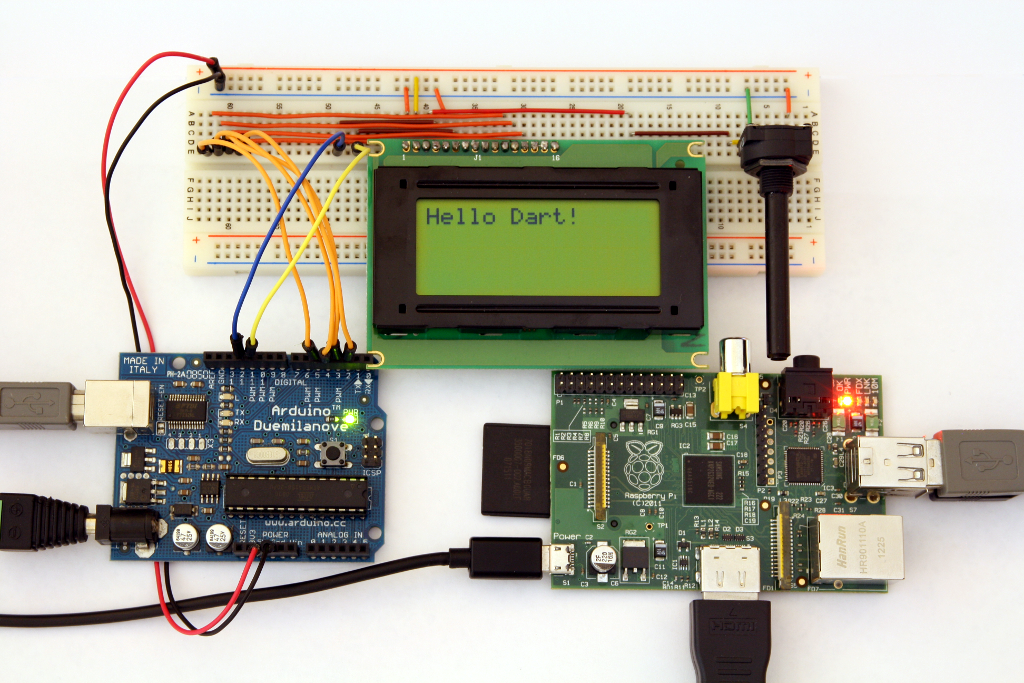
How to install Espruino firmware in an ESP8266 board
This is an update to the installation tutorial I’ve already wrote.

This is an update to the installation tutorial I’ve already wrote.
Sometime you need to serialize a hierarchical model to JSON. Jackson offers different ways to handle the problem. Here I will expose two of them. tl;dr; First solution: Annotate the super class with @JsonTypeInfo(use=Id.CLASS). Pros: works with any subtype. Cons: breaks with classes or package renaming. Second solution: Annotate the super class with: @JsonTypeInfo(use=Id.NAME) @JsonSubTypes({ @JsonSubTypes.Type(value=Cat.class, name="Cat"), @JsonSubTypes.Type(value=Dog.class, name="Dog") }) adding a JsonSubTypes.Type for each sub-class. Pros: no problems with renaming if custom names are provided....

In this article I will show how flash your ESP8266 with Espruino and run JavaScript on the board.

In this article I will show how to build the framework under the Ubuntu’s like OS and flash your ESP8266-01 device with the latest Smart.js framework version.

In this article I will show how to read the temperature and the humidity from a DHT11 sensor connected to the ESP8266 device and how to send those values to a public site using an HTTP GET request, all using JavaScript code.
In a project I had to translate a search query into a filtering function to apply to a stream of JavaScript objects. The query language was very simple, boolean expressions of property constraints, for example “name:john AND age:52” where the search should return all the objects with property “name” equals to “john” and property “age” equals to 52. The first step was to parse the search query with a parser. You can write a parser by hand or your can use a parser generator like PEG....

As free time project I’ve built a digital clock using Arduino Duemilanove, the DS1307 Real Time Clock, the MCP23017 port expander and a bunch of blue leds.

In this post I will show you how to generate a navigable map of your family tree starting from an image of your tree.

This post will show you how a Dart program running in a Raspberry Pi board can communicate to an Arduino board.
For a DIY project I’m working on I need to run a Dart project on my Raspberry Pi board, precisely in his Raspbian OS. The Dart team has done a good job publishing a wiki page with all the information to build the SDK. Here I’m summarizing the necessary steps in a handy list, or, if you prefer, at the end of the post you can find a zip file with the SDK already built....